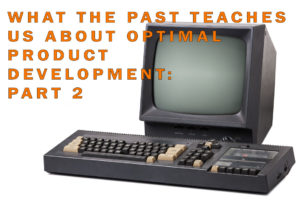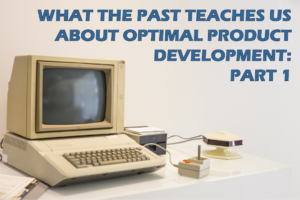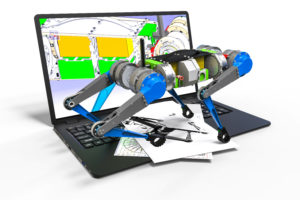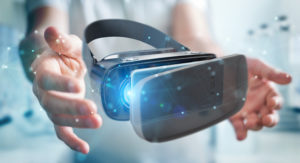Once we heard the Halloween Mechatronics Contest was happening again in 2020, our team, The Gorgons (formerly Hell’s Angels), was back for redemption from our 2nd place finish in 2019…. Read More
THE ENGINEERING BEHIND A CANDY DISPENSING MEDUSA HEAD DESIGNED FOR A SOCIALLY-DISTANCED HALLOWEEN










